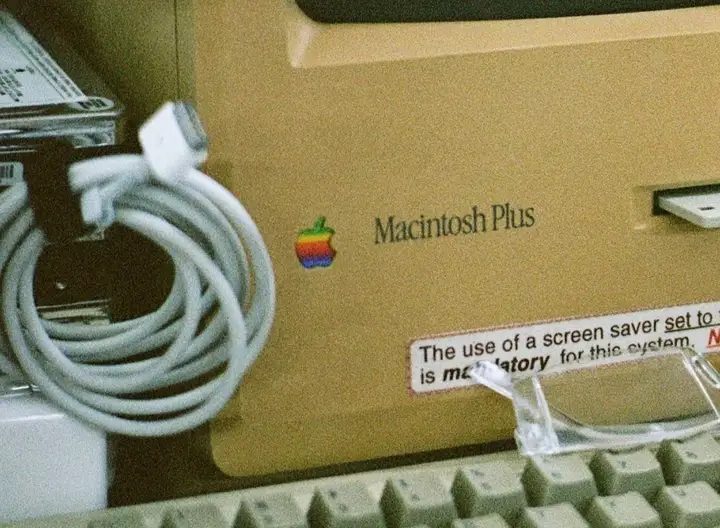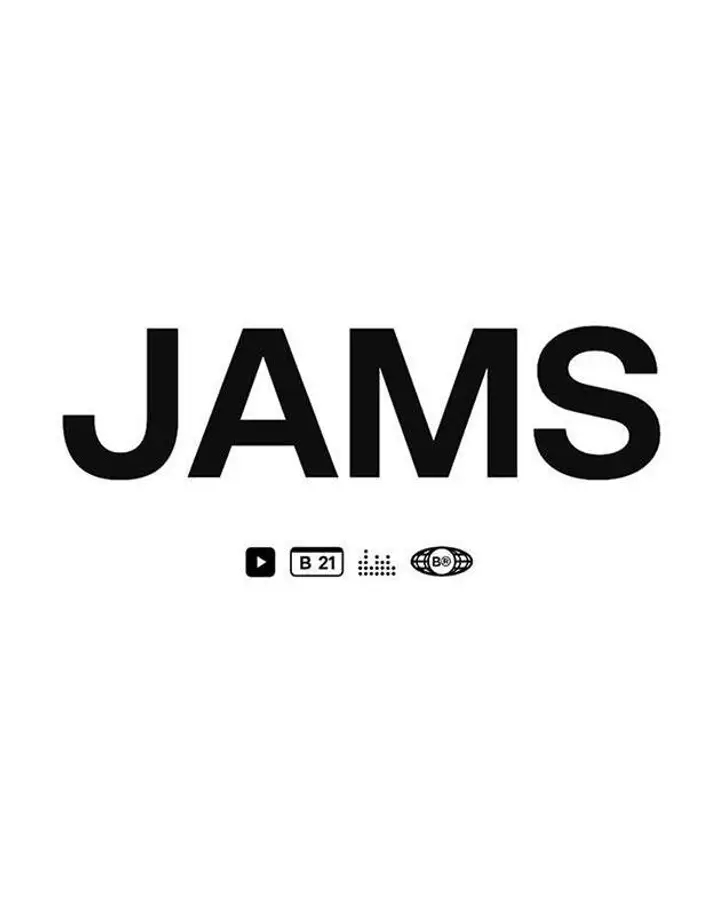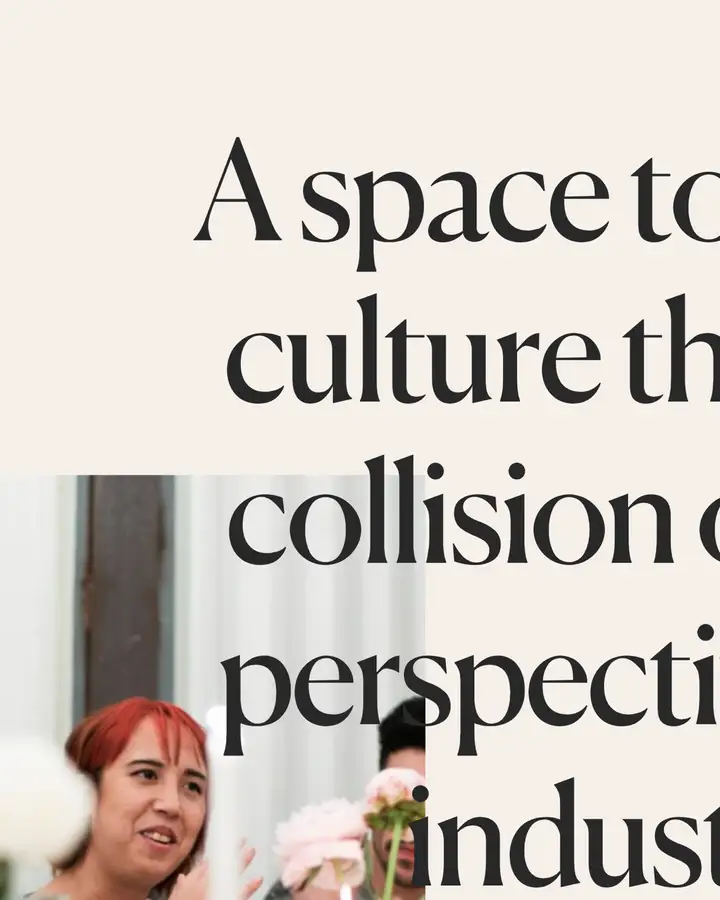WhyAGoodCustomerExperienceIsn’tEnough●

It’s no secret that having a great brand is an invaluable business asset. Strong brands that are well-positioned in culture drive acquisition and retention through name recognition alone. Building a great brand used to be about having great advertising. Today, they’re built through the things customers use every day.
Even more important than how they look or what they say, great brands are judged by how they treat people.
In fact, 65% of U.S. customers find a positive experience with a brand to be more influential than great advertising. What’s more, 73% point to experience as an important factor in their purchasing decisions, behind price and product quality.
So customers expect a good experience almost as much as they expect value for money, and they’ll likely pay more attention to the way they’re treated than the ad they’re served. That shift warrants revisiting how and where creative efforts are applied.
Rather than just implementing common design patterns and UX heuristics, a brand’s digital experience should be approached as a creative and branding exercise.
It also begs the question, “what does ‘positive’ mean when it comes to customer experience?” Unlike a great ad, the recipe for a good customer experience is pretty straightforward. Speed, convenience, knowledgeable help and friendly service are things that almost every experience strives for and translate well into digital experiences (think: frictionless, intuitive, personalized, user-friendly). What’s more, these pillars of Good CX transcend categories – they are as applicable to buying a car as scrolling a social platform.
By adhering to them, forward-looking brands rise to meet consumer expectation, but they also contribute to a rising sea of sameness in which every digital experience has been optimized along the same Good CX principles. Often, this means that the channel dictates the brand experience – shopping for a new Ford on your phone feels like a familiar mobile experience, not a “Ford Experience.” That’s great for customers who expect buying a car to be as easy as ordering dinner, but less so for brands who strive to stand out and be remembered.
While providing a good customer experience may be a given, it’s more than a utility – it’s an opportunity for the brand to show up meaningfully where it really matters, in actual interactions with its customers.
Brand-led customer experiences build lifetime value by embedding the brand’s promise into the things that customers use most. They build a reputation for the way that they treat people.
It’s more than a quick and easy check-out flow that auto-populates payment and shipping info – it’s uncovering the moments that make or break the experience with any brand in your category and then finding a way to own them. Doing it better than anyone else can even shift culture – a source of brand equity that can’t be overstated. For example:
- Tinder broke the dating app mold with a simple interaction model rooted in a human insight about our innate snap-second attraction reaction
- Venmo reinvented peer-to-peer payments with its offbeat vision to ‘be a place where friends can split and share payments and experiences’
- Everlane put conscious consumption in the forefront of everyone’s minds by disclosing real costs, sustainability efforts and production practices right on its PDPs
- Care/Of ushered in the era of bespoke health, wellness and self-care products with a personalized approach to packaging vitamins and supplements
- Spotify supercharged curation expectations with custom playlists delivered weekly
Good brands deliver standard CX that customers have come to expect. Great brands turn their CX into something that’s unmistakably their own.
Photography by: Tiffany Kao
Behind the Byline: Amanda Beemer
Amanda Beemer is a Strategy Director who firmly believes in ‘doing right’ – which includes finding ways to make everyday life better for everyday people through the brands that they interact with. Throughout her career she’s worked with clients that touch every aspect of daily life – from telecommunications to transportation; from apparel to food and beverage. She also believes that ‘brand’ and ‘experience’ are synonymous, and the brands that embrace this have the power to build a better world, for everyone.




